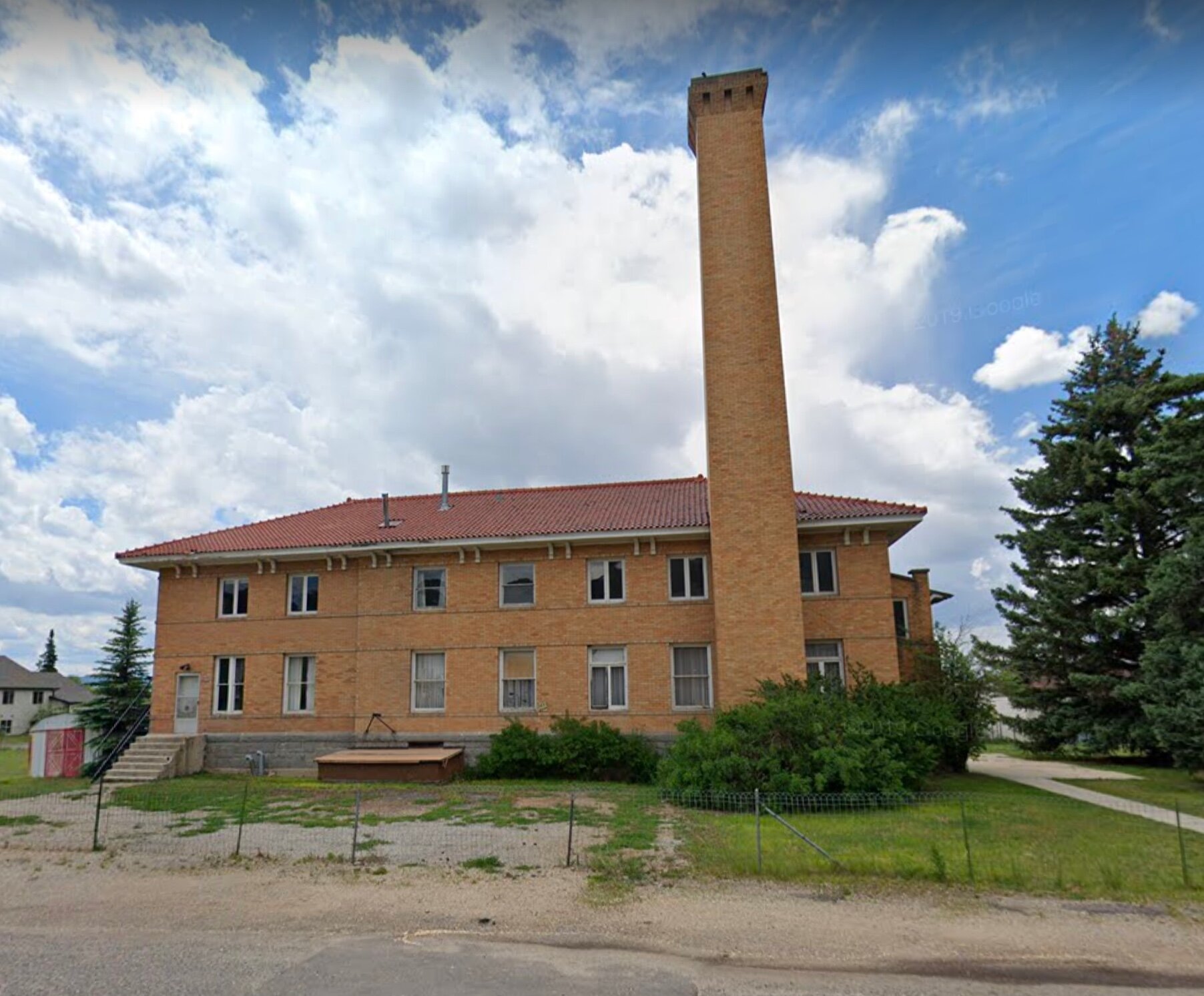
Butte, America’s Story Episode 220 - Deaconess Hospital
Butte’s exploding population in 1917 had many needs, and one was extra hospital space. In May 1917, promoting “Butte’s Greatest Need,” a campaign to raise $100,000 for the new Deaconess Hospital began.

Butte, America’s Story Episode 219 - Water Company
Although various entrepreneurs had dug ditches to bring water to Butte’s placer operations in the 1860s and 1870s, it wasn’t until the population really began to grow and the town was incorporated in 1879 that anyone began to focus on providing a true domestic water supply.

Butte, America’s Story Episode 218 - Max Hebgen
When Hebgen Dam was completed in 1915, the reservoir it created on the Madison River just west of Yellowstone Park was the seventh largest in the world. The dam, the lake, and the 1959 earthquake that the dam survived all recall Max Hebgen of Butte.

Butte, America’s Story Episode 217 - Bill Dunne
Bill Dunne was an early leader of the American Communist Party and one of the original editors of the predecessor to the Daily Worker, the party newspaper. But he cut his political teeth in Butte.

Butte, America’s Story Episode 216 - Williamsburg
The neighborhood that was built within a quarter-mile west of the smelter was called Williamsburg, for manager Henry Williams. Despite his English heritage, the smelter came to employ a fair number of residents of German descent, and the street names in Williamsburg reflect this.

Butte, America’s Story Episode 215 - Doc Holliday
After the Grand Jury returned the indictment, a deputy sheriff went to the Revere House to serve a warrant for Holliday, probably on February 17, but he was so ill from tuberculosis that a physician thought it would be unsafe to take him to jail, so he was left in his room.

Butte, America’s Story Episode 214 - Earthquakes of 1925
Although bricks falling from buildings were common and there were some close calls, no one was hit. Most of Butte’s underground miners didn’t even notice the quakes and there were no reports of any collapsed mine tunnels.

Butte, America’s Story Episode 213 - Granite Ghost Town
The first silver discovery near what became Granite, a few miles up in the hills above Philipsburg, was in 1865, but not until 1882, with $130,000 backing by St. Louis investors, was the greatest silver bonanza found and the town really began.

Butte, America’s Story Episode 212 - Paumie Dye House
In the early 1890s, much of the red-light district was still on East Galena Street, although it was shifting toward Mercury with the construction of major brothels such as the Dumas and the Victoria. Much of the Parisian Dye House’s business came from prostitutes.

Butte, America’s Story Episode 211 - Kwan Gong
Kwan Gong, Guan Sheng, Guan Yu, Guan Gong, Guan Di, Kwan Dai, Kwan Tai, Kuan Ti, Kuan Kung, Wu Ti, Mo Dai, Guan Di, Kuan Yu, Yunchang – however you name him, the red-faced character with a black beard has a long connection with Chinese heritage.

Butte, America’s Story Episode 210 - Butte Colored Giants
Frank Yamer had come to Butte from Louisiana about 1916 and established the Silver City Club for his fellow African Americans by 1917. The second-floor club was a combination dance hall, saloon, pool hall, and cardroom and became a popular venue.

Butte, America’s Story Episode 209 - Idaho Falls Connection
Idaho Falls, Idaho, has had a long connection to Butte’s history. A ferry across the Snake River in 1864 and Matt Taylor’s bridge in 1865 were both largely established to expedite travel to the Montana gold fields.

Butte, America’s Story Episode 208 - First Miners
William Allison and G.A. Humphreys are credited with being the first serious miners and first permanent residents of Baboon Gulch, the first given name in the place that came to be called Butte.

Butte, America’s Story Episode 207 - Silver Bow City
The first discoveries of gold in both placers and lodes in Butte were made in May and June, 1864, but it wasn’t until October, when fairly rich placers were discovered in Silver Bow Creek downstream that the first influx of prospectors really began.

Butte, America’s Story Episode 206 - The Dump
As Butte grew, so did its volume of trash. By the late 1880s, when Butte was approaching a population of 23,000, a larger facility was established just south of the cemeteries on Montana Street, intended to replace the random dumping in any convenient gulch around town.

Butte, America’s Story Episode 205 - Flying Circus
Sunday, April 27, 1919, was the day the Flying Circus came to Butte. Thirty-five thousand people, reportedly the largest crowd in the history of Butte, turned out to see battle-scarred American and French airplanes, veteran aviators, and captured German Fokkers perform an aerial display.

Butte, America’s Story Episode 204 - Communist vs. Fascist
Norwegian-born Butte physician Jacob Thorkelson, running as a Republican, was branded "rabidly pro-fascist and anti-semitic" and in June 1940 was invited to an audience with Adolf Hitler, but Thorkelson declined.

Butte, America’s Story Episode 203 - Luxfer Glass
As a geologist I'm usually looking at the ground for interesting rocks, arrowheads, whatever. Out there in Germania a flashy spot of purple glass caught my eye. It was a buried chunk of thick, clear purple glass 4 inches by 5 inches.

Butte, America’s Story Episode 202 - Butte’s First Railroad
If Utah & Northern Railway president Charles Francis Adams had had his way, the first rails into Butte would never have happened. In 1881, Adams claimed pessimistically that “[Butte] will play out in a year. All mines do.”

Butte, America’s Story Episode 201 - Stringtown
Stringtown was the definition of the northern limit of Butte. It was north of Walkerville and its northern “suburbs,” Butchertown and Seldom Seen (North Walkerville), in the trees west of Yankee Doodle Gulch and near today’s Moulton Reservoir Road.